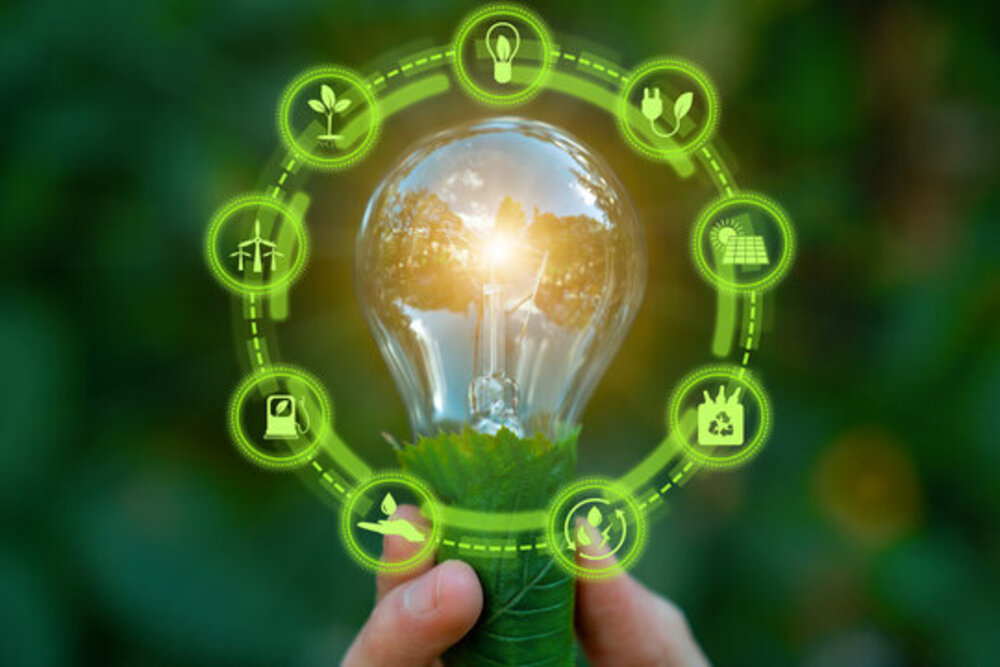The year 2022 may have put clean energy to test in more intense ways and circumstances than ever. Never has any other industry experienced the highest highs and lowest lows in a such short period of time. Because 2022 had it all, including war, a major legislative win, ongoing energy supply chain problems, and trade issues.
Here is how it all began…
The invasion of Ukraine by Russia sped up the energy transition
Given that the Kremlin’s finances firmly depend on oil and gas profits, the Russian invasion of Ukraine has highlighted two critical processes. Firstly, it was the need for energy independence. Secondly, it was the need to move away from fossil fuels.
To limit Russia’s profits from oil and gas, which directly fund Vladimir Putin’s war machine, the G7 countries set an oil price restriction. European Union forbade Russian imports of crude oil and oil products via water. These steps were killing two flies with one stone. On the one side, it weakened Putin’s oil-based economy, and on the other, it pushed European countries to think about new energy supply solutions.
Unfortunately, European businesses and citizens paid for this energetic havoc through unprecedented bills for electricity, heating, and transportation fuel. Expectedly, unprecedentedly high energy prices caused unprecedented inflation on both sides of the Atlantic Ocean.
The U.S. approves the historic Inflation Reduction Act, boosting American manufacturing
On August 7, a milestone that would have seemed unimaginable weeks or months in the clean energy sector hailed earlier. Namely, the US Senate passed a budget bill that featured the greatest investments in clean energy and climate change in American history.
The Inflation Reduction Act’s funding for climate change mitigation and sustainable energy deployment totaled $369 billion, or roughly half of it. On August 16, President Joe Biden ratified the agreement.
A U.S. manufacturing base for renewable energy started to take shape in the months that followed.
Plans to raise manufacturing capacity at their Dalton, Georgia, facility from 1.7 GW to more than 3 GW have been announced by Qcells and their parent firm Hanwha. First Solar intends to spend up to $1 billion building a new 3.5 GW module factory in Alabama, and an additional $185 million will be used to expand the company’s Ohio facility’s manufacturing capacity by approximately 1 GW. In contrast, Toledo Solar announced that in response to the Inflation Reduction Act, it will raise its local capacity to produce solar modules to 2.8 GW by 2027.
The Inflation Reduction Act influenced clean energy abroad
As expected, the American Inflation Reduction Act (IRA) had an impact overseas. In reaction to the U.S. initiative, European leaders and policymakers are currently pursuing their own clean energy industrial policy.
The European Solar PV Industry Alliance (ESIA) was established on December 9 with assistance from the European Union. It aims to achieve 30 GW of committed European solar PV manufacturing capacity by 2025 across all value chain sectors.
A few days after American and European leaders met to examine the effects of America’s climate law, which encourages domestic production along the entire solar value chain, they formed an alliance.
For instance, in response to the Inflation Reduction Act, Italy’s Enel announced plans to construct a 3 GW cell and module plant in the United States. The business’s subsidiary, 3Sun, runs a 200 MW solar manufacturing plant in Italy with aspirations to increase its 3 GW production capacity.
Germany, on the other hand, intends to invest 30 billion euros through 2026 to increase its solar and wind power generating capacity and lessen its reliance on imported fossil fuels from Russia.
The U.S. and Europe decided to continue their negotiations on addressing climate law issues. Although they reached no agreement during a conference in Maryland in early December, the group promised to establish a new Transatlantic Initiative for Sustainable Trade to support common climate goals.

